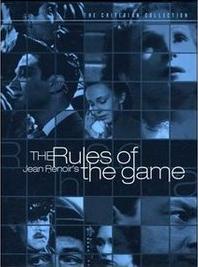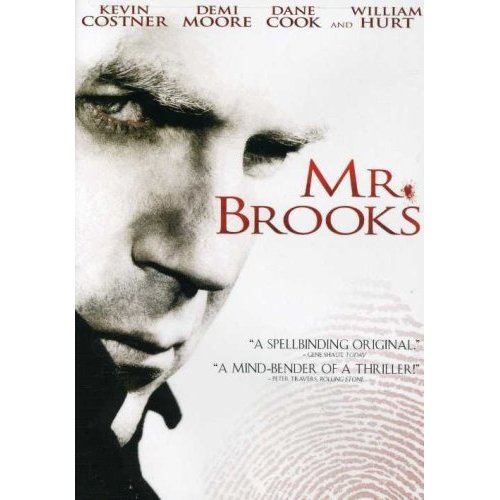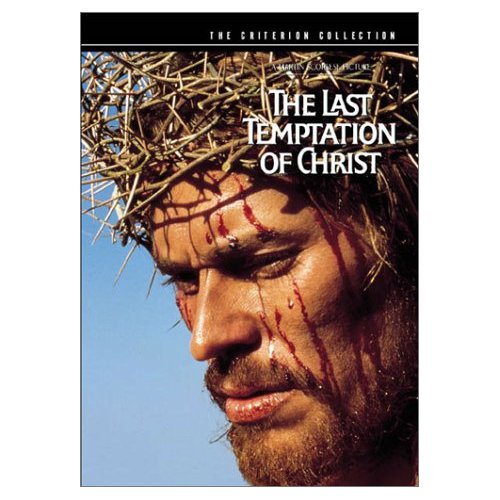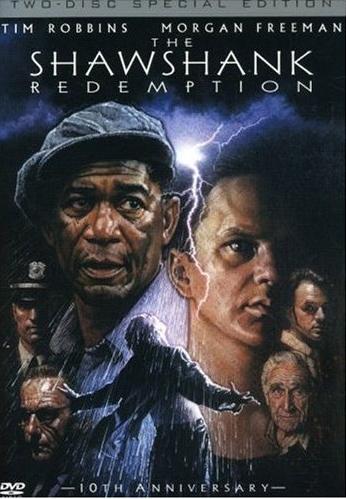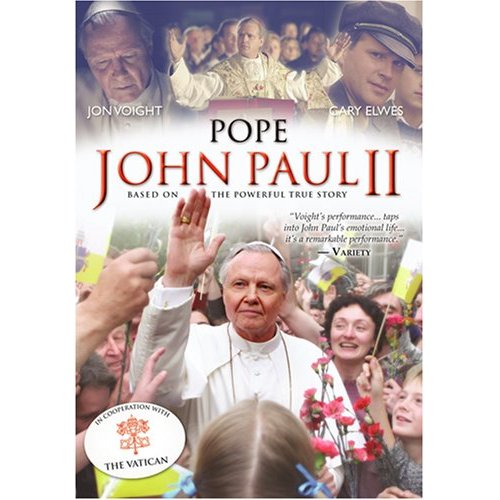Here are the questions I posed, linked to the over 125 answers they gave:
Best way (process) to change from:
- being excited by the experiences of "courtship" to enjoying "keeping still" during the marriage?
- being "completed" to being "attached"?
- experiencing oneself as "not-yet-complete" to being able to face "the abyss" with hope?
- experiencing a sense of "decrease" to experiencing a sense of "serenity"?
- "enduring" work or a relationship to "gently penetrating" to the heart of it?
- an approach of "gradual increase" to one that "shocks" to the next level?
- being "resigned" to being "receptive"?
- being "stagnant" to being "creative"?
My hope was to see if any of my colleagues had a sense of the process or way of change that is involved between the starting points of change and the end points as suggested in the questions. Some did, some didn't.
These questions, and the process I am now wanting to discuss, are based on the Chinese book of changes called the I Ching. I have been studying it as part of my broad interest in decision-making and as part of my interest in the new global life we are living and working in.
Though the I Ching is clearly an ancient source of wisdom, let me say from the outset that I am not interested in its use for divination. I do not believe in such uses. Rather I am interested in the flow of its philosophical wisdom as it may apply to decision-making, especially from a possible Chinese perspective.
From my understanding of the I Ching, it is built in part on what is thought to be a comprehensive set of opposites. One way of looking at the opposition inherent in the 64 resulting positions is to see them as 8 members of a Chinese family: father, youngest daughter, middle daughter, eldest son, eldest daughter, middle son, youngest son, and mother; or better, 8 persona of the decision-maker. Each family member or each persona relates to each other, as well as to themselves.
Thus, the youngest son, when he is opposed by his opposite, the youngest daughter, is said to be facing courtship; when he faces himself, he is learning how to keep still. Similarly, the middle daughter starts in a completed position when she faces her opposite, the middle son, but becomes attached when facing herself. The middle son in opposition to the middle daughter is not yet complete, but must learn to face the abyss when by himself. The youngest daughter may feel decreased when diametrically opposed by the youngest son, but experiences serenity in herself. The eldest daughter is enduring when opposed by the eldest son, but a master of gentle penetration when aligned within herself. The eldest son may have scored when opposed by the eldest daughter, but he is in the state of shock when he faces himself. The mother may be peacefully resigned when in opposition to the father, but becomes the embodiment of receptivity when aligned with herself. The father when opposed by the mother may become stagnant, but when face to face with himself is an incarnation of creativity.
Since I see the process of the Decision-Maker's Path(tm) as moving the decision-maker from a disintegrated state to an integrated one, I see how the perspectives of the 8 primary family members or 8 persona can be seen to move from diametrical oppositions, and thus disintegration, to total alignment, and thus integration.
Now that we have the answers of my colleagues, I want to write about mine, using the I Ching positions.
In a deep sense, as some colleagues suggested, the 8 questions are, at least to some extent, dealing with familiar issues of change. The starting positions for the 8 persona of the decision-maker are their disintegrated starting positions.
Thus for the decision-maker in the role of:
the youngest son, the starting position is courtship
the middle daughter, the starting position is completed
the middle son, the starting position is not yet complete
the youngest daughter, the starting position is decreased
the eldest daughter, the starting position is enduring
the eldest son, the starting position is scored
the mother, the starting position is resigned
the father, the starting position is stagnant.
For the decision-maker to use the 8 persona to move from these starting positions to the respective integrated positions during the process of making a decision, I see the story flow as follows:
A. Where are you coming from?
The decision-maker begins by remembering his or her:
A.1 innocence
A.2 youthful follies
A.3 family
A.4 community
B. Where do you want to go with the issue?
The decision-maker considers what he or she wants in light of:
B.1 the issue as "stranger"
B.2 initial difficulties
B.3 stepping lightly
B.4 doubting opposition
C. What are you waiting for?
The decision-maker considers the causes of his or her reluctance in face of the issue:
C.1 power the weak
C.2 threat to wealth
C.3 greater things to possess
C.4 obstacles
D. What are your wise ones generally advising?
The decision-maker listens to those who advise:
D.1 retreat
D.2 contemplation
D.3 gradual development
D.4 building confidence
E. How are the pros and cons of your issue balancing out?
The decision-maker considers the specifics of the current journey:
E.1 measure
E.2 approach
E.3 progress
E.4 gathering resources
F. What are the "Powers That Be" saying?
The decision-maker considers how to deal with matters of power:
F.1 holding the center together
F.2 mustering an army
F.3 biting through barriers
F.4 focusing on the issue
G. What is your real agenda?
The decision-maker reflects on the source of his or her desires and possible implications:
G.1 accessing "the well” (the I Ching)
G.2 domination by weakness
G.3 domination by strength
G.4 dissolution
H. What facts and reasons are you contending with?
The decision-maker engages the issue head on by contending with:
H.1 conflicting opinions
H.2 granting concessions
H.3 handing it all over
H.4 dealing with the power of the strong
I. What insights and oversights are emerging?
The decision-maker sees signs of insights and oversights in:
I.1 exhaustion
I.2 waiting
I.3 breakthroughs
I.4 revolution
J. How are you going to tell your decision?
The decision-maker determines a way to tell his or her decision:
J.1 as renewal
J.2 as nourishment
J.3 as responding to the marrying girl
J.4 in humility
K. What are you willing to risk to gain what you can only hope for with your answer?
The decision-maker prepares for objections to his or her decision:
K.1 beautiful?
K.2 eclipse?
K.3 collapse?
K.4 sacrifice?
L. What is signaling you that the decision you discern is the right one?
The decision-maker becomes aware of integration's signals:
L.1 turning point
L.2 relief
L.3 striving upwards
L.4 enthusiasm
Having come through the Decision-Maker's Path(tm), the decision-maker's 8 persona are at their integrated endpoints:
the youngest son can keep still;
the middle daughter is attached to the answer;
the middle son can face the abyss with hope;
the youngest daughter has acheived serenity;
the eldest daughter has acheived gentle penetration;
the eldest son faces the execution of the decision somewhat in shock;
the mother has a newly found sense of receptivity; and
the father is expressing his creativity.
Obviously, not all issues can be resolved this way and thus I do not find the use of the I Ching as the best way to make changes. But with access to such an emotionally balanced set of perspectives as found in the I Ching, when new issues do arise that disturb one's balance, disintegrating our ordinary ways of proceeding, linking the wisdom to the milestones as suggested above may correct the imbalance felt along the way.
What do you think?
John




















